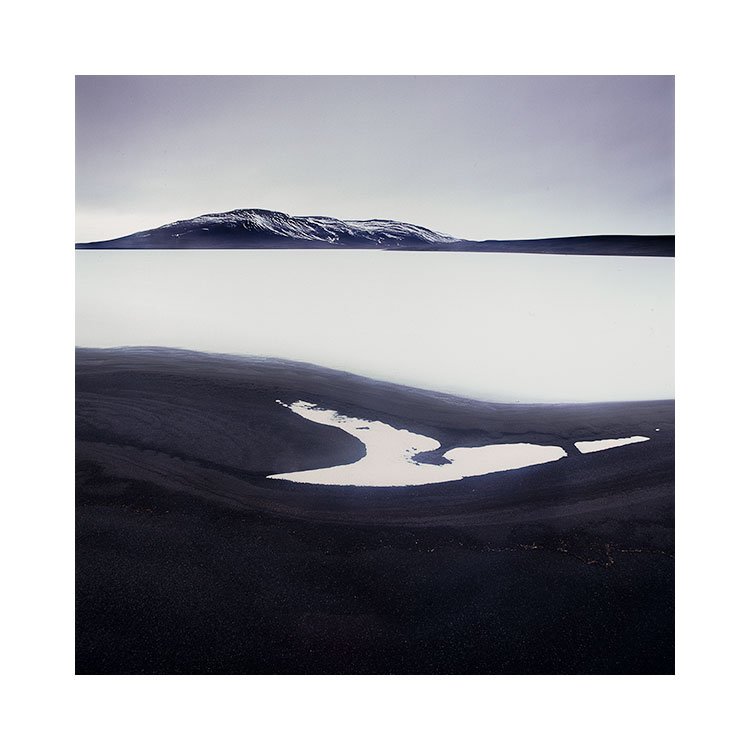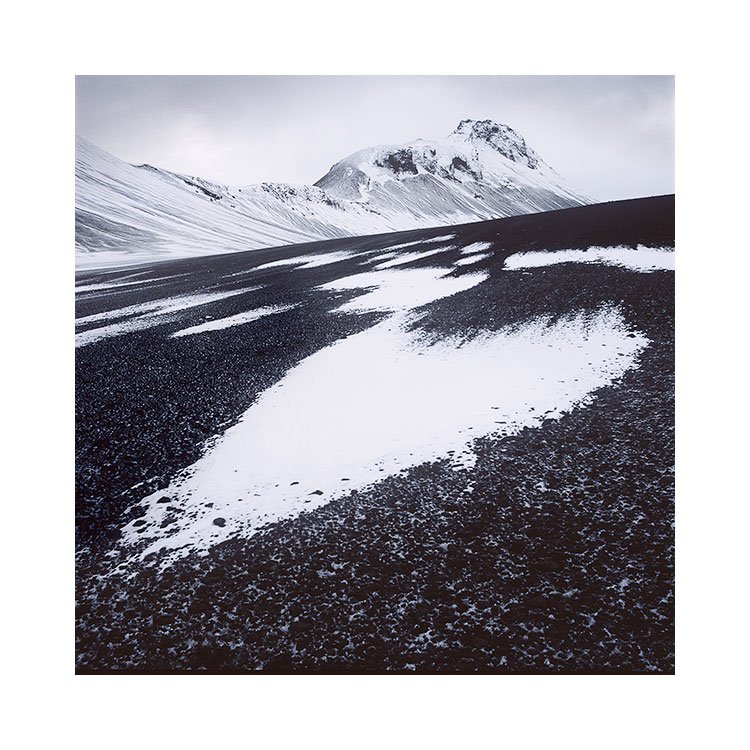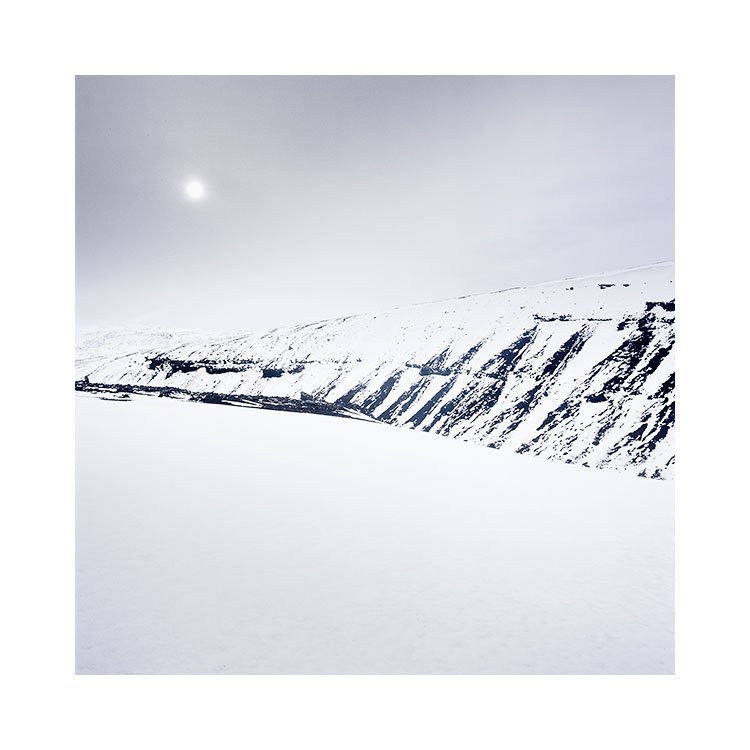I’ve been coming to the Fjallabak region of the Icelandic interior for about six years . We are, in my view, old friends now.
I have thought often that everything in life is finite. There is a start, a middle and an end to most things. This particular train of thought has been with me for most of my time as a photographer since photography was not my first love. I was initially captured by music at the age of 12 and had been a serious-amateur for most of my life up until around the age of 34. Had someone told me at the time that my endeavours into music would end, and be replaced by photography, I wouldn’t have believed them. This is why I now understand that everything has its time.
I mention this because I think it’s good to understand the ebb and the flow of our creativity and that a relationship with a landscape has a start, a middle and also perhaps an end.
At the beginning of visiting a new place, it is like the beginning of any new relationship. There is so much to understand, discover and learn. And this can be an amazing draw to keep pulling us back if we find a landscape that resonates with us.
Like most relationships, as we get more acquainted with a landscape, we learn ‘how it is’. We get a feel for its moods, and what it might bring on a certain day with certain weather conditions. There is danger here in assuming that the little we know of a place, is all there is to know (Dunning Kruger Effect: the less we know, the more we think we know). Landscapes, I have found, keep surprising me upon each visit I make to them. Take for instance the opening shot to this post today. I have been to this lake many times now (it is a personal favourite place) but I had not seen snow shapes like this before, and so I found some new compositional possibilities.
As the relationship with your landscape ‘muse’ grows, I do think we hit a point where we are starting to repeat ourselves. Sure, there is value in variances of weather and lighting, but ultimately, we are starting to feel an over-familiarity with it.
I think I’m at my 75% way through my relationship with Fjallabak as it stands with my ‘current style’. Emphasis should be on ‘current style’, because I do think a relationship is never truly over. We can always pick up the reigns again at some stage if we find new value or interest in something we felt we had outgrown.
But I am certainly feeling an over-familiarity with the Fjallabak region, and this is evident in the work I am choosing to publish. Rather than publishing twenty or so images, I’m finding the results to be much more distilled. The bar has perhaps been raised, and I’m looking for something ‘more’ than I would have done say five or six years ago.
This is perhaps a study on self-awareness. Knowing where you are within the relationship you have with a landscape. I don’t really know if it has value, but I think it does. I’m just not sure in which way. But I have certainly promoted the idea that self-awareness is a key ingredient to trying to be the best artist / photographer we can be.
I’d like to finish by saying that I think it’s impossible to second guess where we are going next with our photography. Although I am feeling that most of what I’ve wanted to say with the Fjallabak region has been said, that is really only based on what I’m currently looking for. I’ve noticed over the past decade that my photography has shifted (and hopefully grown), but it has certainly changed. Ebb is just as important as flow, as I think it can often signal a need for change, or just that you have changed. What you were once looking for no longer applies. So I think it’s best to just keep that in mind.
Knowing where you are in any relationship is I suppose key, and this leads back to the idea that being self-aware is a skill we should all try to develop.


























